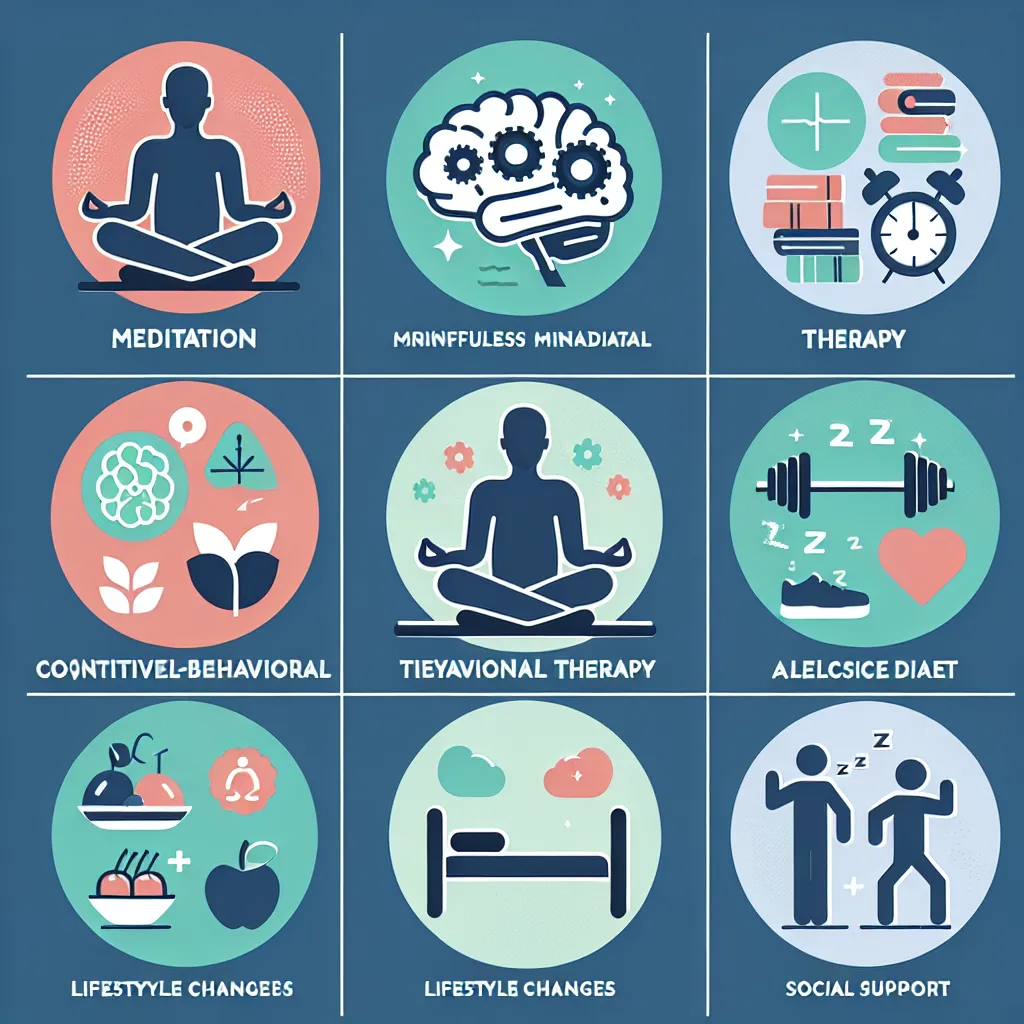The IELTS Reading section is a crucial component of the test, requiring candidates to demonstrate their ability to comprehend complex texts and extract relevant information. In recent years, topics related to technology and design have become increasingly prevalent in IELTS exams. One such topic that has gained traction is “Best tools for graphic design.” Based on our analysis of past IELTS exams and current trends, we anticipate that this subject may appear in future tests due to its relevance in today’s digital-driven world.
Nội dung bài viết
To help you prepare effectively, we’ve created a practice reading passage and questions that closely mirror the format and difficulty level of the actual IELTS exam. This exercise will not only familiarize you with the topic but also hone your reading skills and test-taking strategies.
 Graphic Design Tools
Graphic Design Tools
Practice Reading Passage
The Evolution of Graphic Design Tools
Graphic design has undergone a dramatic transformation in recent decades, largely due to the advent of digital technology. What was once a field dominated by manual techniques and physical tools has now become a primarily digital endeavor. This shift has not only changed the way designers work but has also expanded the possibilities of what can be created.
In the early days of graphic design, professionals relied heavily on physical tools such as drafting tables, T-squares, and exacto knives. The process was labor-intensive and required a high degree of manual skill. However, the introduction of personal computers in the 1980s marked the beginning of a new era. Software programs like Adobe Photoshop and Illustrator, launched in the late 1980s and early 1990s, revolutionized the industry by providing digital alternatives to traditional tools.
Today, the landscape of graphic design tools is vast and diverse. While Adobe’s Creative Suite remains a industry standard, numerous other software options have emerged to cater to different needs and preferences. Vector graphics editors like Sketch and Figma have gained popularity, especially for user interface and web design. These tools offer collaborative features that allow multiple designers to work on the same project simultaneously, a capability that was unimaginable in the pre-digital age.
For those seeking more affordable alternatives, open-source software like GIMP and Inkscape provide powerful functionality without the hefty price tag. These tools have made graphic design more accessible to hobbyists and small businesses that may not have the budget for premium software subscriptions.
The rise of mobile technology has also influenced the development of graphic design tools. Apps like Procreate for iPad have made it possible for designers to create professional-quality work on-the-go, blurring the lines between traditional and digital art. These mobile tools often incorporate features like pressure sensitivity and tilt recognition, mimicking the feel of traditional art materials while offering the flexibility of digital editing.
Another significant trend in graphic design tools is the integration of artificial intelligence and machine learning. Adobe’s Sensei AI, for example, powers features that can automatically select subjects in images or suggest design layouts based on user preferences. While some designers view AI as a threat to creativity, others see it as a tool that can handle mundane tasks, allowing them to focus on higher-level creative decisions.
As the field of graphic design continues to evolve, so too will the tools used by professionals. The future may bring advancements in virtual and augmented reality design tools, further blurring the line between digital and physical spaces. Whatever form these new tools take, they will undoubtedly continue to shape the way designers work and the types of visual content they can create.
Questions
True/False/Not Given
- Graphic design was exclusively a manual process before the introduction of digital tools.
- Adobe Photoshop and Illustrator were launched in the same decade.
- Sketch and Figma are primarily used for print design.
- Open-source software like GIMP and Inkscape offer similar functionality to premium software.
- Mobile graphic design apps cannot replicate the pressure sensitivity of traditional drawing tools.
Multiple Choice
-
According to the passage, which of the following is NOT mentioned as a benefit of modern graphic design tools?
A) Collaboration features
B) Accessibility for hobbyists
C) Increased print quality
D) Portability through mobile apps -
The integration of AI in graphic design tools is viewed by designers as:
A) Universally positive
B) Exclusively negative
C) Both a potential threat and an opportunity
D) Irrelevant to the creative process
Matching Headings
Match the following headings to the appropriate paragraphs in the passage. There are more headings than paragraphs, so you will not use all of them.
- Paragraph 2
- Paragraph 4
- Paragraph 6
Headings:
A) The impact of mobile technology on graphic design
B) The dominance of Adobe in the early digital era
C) From physical to digital: The transformation of design tools
D) Affordable options for aspiring designers
E) The future of graphic design tools
F) AI and machine learning in modern design software
Short Answer Questions
Answer the following questions using NO MORE THAN THREE WORDS from the passage for each answer.
- What type of software has gained popularity specifically for user interface and web design?
- Which feature of mobile design apps mimics the feel of traditional art materials?
- What technology powers Adobe’s automatic subject selection and layout suggestion features?
Answer Key
- False – The passage states that graphic design was “primarily” manual, not exclusively.
- False – Photoshop was launched in the late 1980s, while Illustrator was launched in the early 1990s.
- False – The passage states they are popular for user interface and web design.
- True – The passage mentions they provide “powerful functionality” compared to premium options.
- Not Given – The passage actually states that mobile apps often incorporate pressure sensitivity.
- C – Increased print quality is not mentioned as a benefit of modern graphic design tools.
- C – The passage states that some see AI as a threat while others see it as an opportunity.
- C – This paragraph discusses the transition from physical to digital tools.
- D – This paragraph discusses open-source and affordable alternatives to premium software.
- F – This paragraph focuses on the integration of AI and machine learning in design tools.
- Vector graphics editors
- Pressure sensitivity
- Sensei AI
Common Mistakes and Tips
When tackling a reading passage like this, students often make the following mistakes:
- Overlooking key words: Pay close attention to qualifiers like “primarily” or “some” that can change the meaning of a statement.
- Assuming information: Avoid inferring information that isn’t explicitly stated in the passage, especially for True/False/Not Given questions.
- Misinterpreting time frames: Be careful when questions relate to chronology or time periods.
To improve your performance:
- Practice active reading by underlining key information and making brief notes.
- Familiarize yourself with different question types and develop strategies for each.
- Improve your time management by allocating specific time for reading and answering questions.
Vocabulary
Here are some challenging words from the passage along with their definitions:
- Advent (noun) – /ˈædvent/ – The arrival or emergence of something important
- Labor-intensive (adjective) – /ˈleɪbər ɪnˈtensɪv/ – Requiring a lot of work or effort
- Simultaneouslysu (adverb) – /ˌsaɪməlˈteɪniəsli/ – At the same time
- Mimicking (verb) – /ˈmɪmɪkɪŋ/ – Imitating or copying
- Mundane (adjective) – /mʌnˈdeɪn/ – Lacking interest or excitement; dull
Grammar Focus
Pay attention to the use of present perfect tense in the passage, for example:
“Graphic design has undergone a dramatic transformation in recent decades.”
This tense is used to describe actions that started in the past and continue to have relevance in the present. It’s formed using “have/has” + past participle.
Advice for IELTS Reading Success
- Develop a broad vocabulary related to technology and design, as these topics are increasingly common in IELTS exams.
- Practice reading academic and technical texts regularly to improve your comprehension speed and accuracy.
- Work on your skimming and scanning skills to quickly locate relevant information in the passage.
- Familiarize yourself with different question types and develop specific strategies for each.
- Time yourself when practicing to ensure you can complete all questions within the allocated time.
Remember, success in IELTS Reading comes from consistent practice and developing effective reading strategies. By focusing on these areas and regularly exposing yourself to a variety of texts, you’ll be well-prepared for the challenges of the IELTS Reading section.
For more tips on improving your IELTS performance, check out our guide on how to improve online learning experiences, which can be applied to your IELTS preparation journey. Additionally, managing stress is crucial for exam success, so don’t forget to review our best tips for reducing stress to stay calm and focused during your preparation and on test day.


